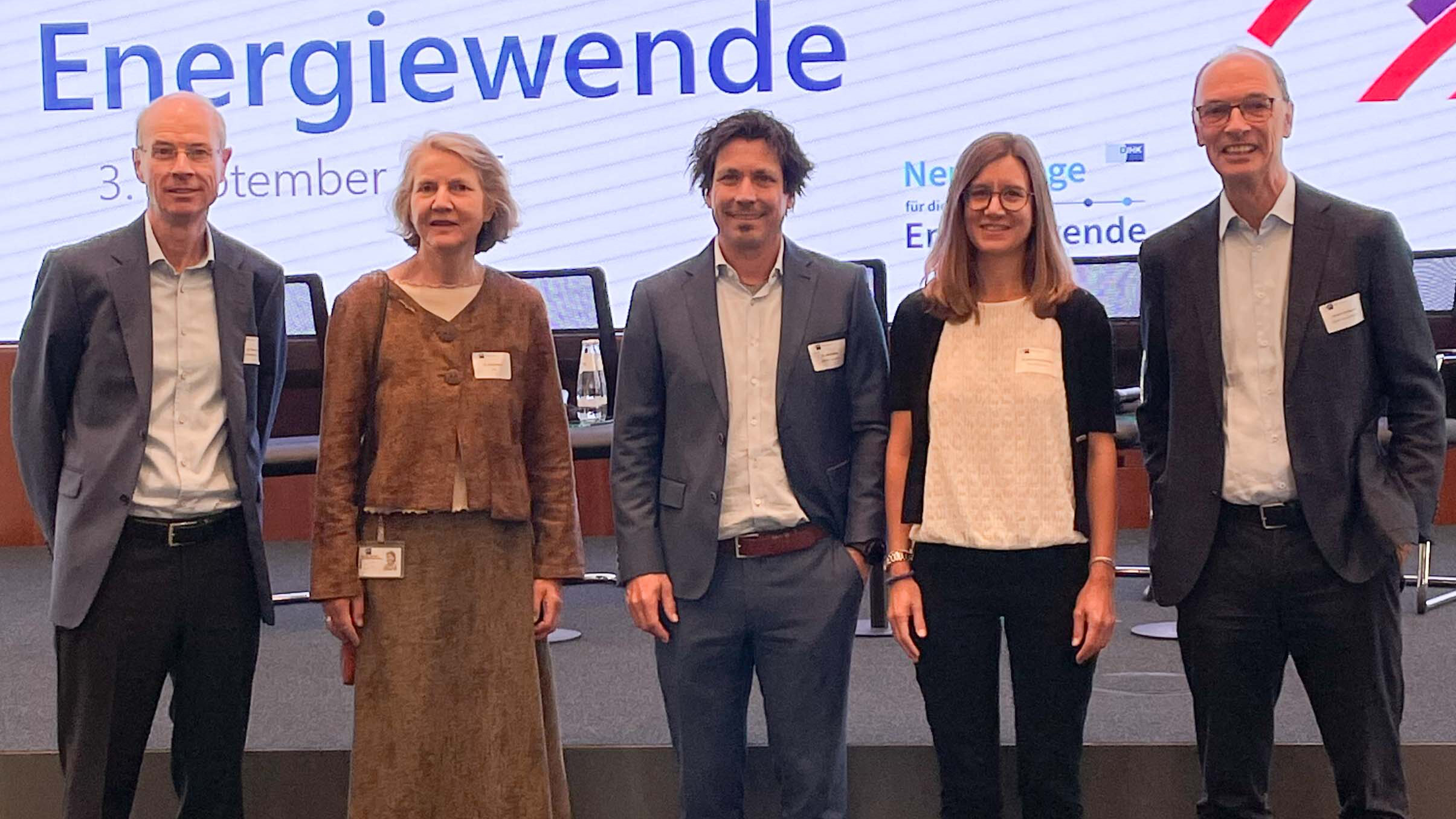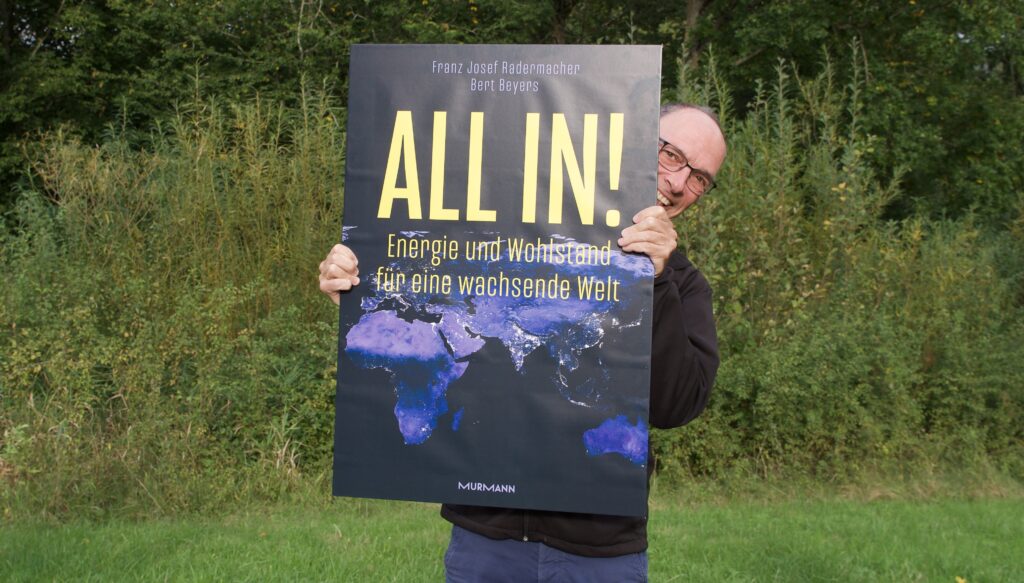The climate problem will either be solved globally or not at all. This is the position of GES, and it is from this perspective that we are following the national discussion in Germany. It is characterised by different and in part contradictory approaches.
How can Germany become climate neutral by 2045? In recent weeks, three new studies have been published on the subject. The German Energy Agency tends to say goodbye to the “all-electric” mainstream and relies more on synthetic gases. In the main scenario, only 49 percent of Germany’s energy needs are met by electricity. Hydrogen and synthetic energy sources come into play instead. Most of the total amount (657 terawatt hours) would then be imported.
Another focus is set by the Ariadne project of the Potsdam Institute for Climate Impact Research. According to this project, the share of electricity in final energy (currently less than 20 per cent) should grow to up to 69 per cent in 2045. This would require a radical increase in domestic electricity generation.
Climate paths is the name of another new study by the Federation of German Industries (BDI). Eighty companies worked together on it for months. Hydrogen plays a relatively minor role in the BDI study. The demand in 2045 is estimated at 240 terawatt hours. The investment requirement in Germany until 2030 is estimated at 860 billion euros.
In GES’ view, Germany can only contribute to solving the global challenge if it also expands the space of possible solutions at home in the sense of technological openness. Approaches that can hardly be financed even in Germany and are not viable without the infrastructural conditions of a rich industrialised country cannot be a solution for the world.





